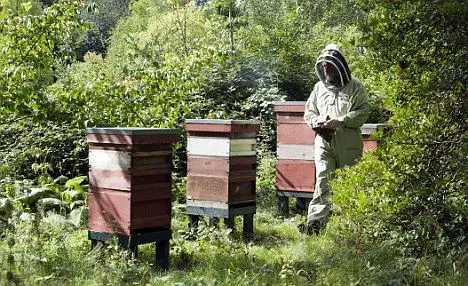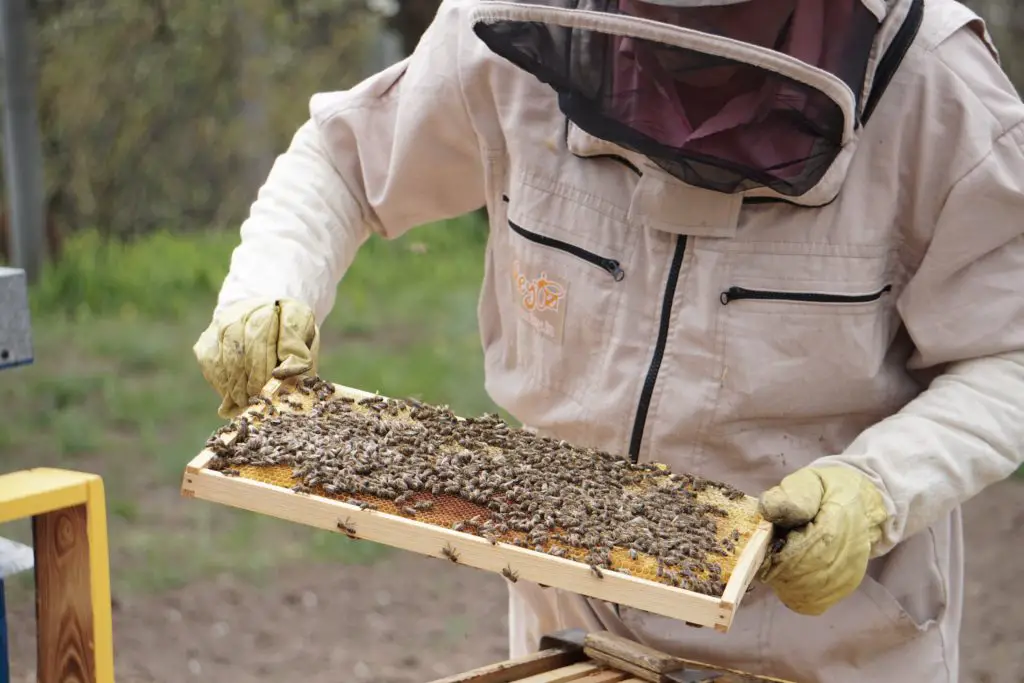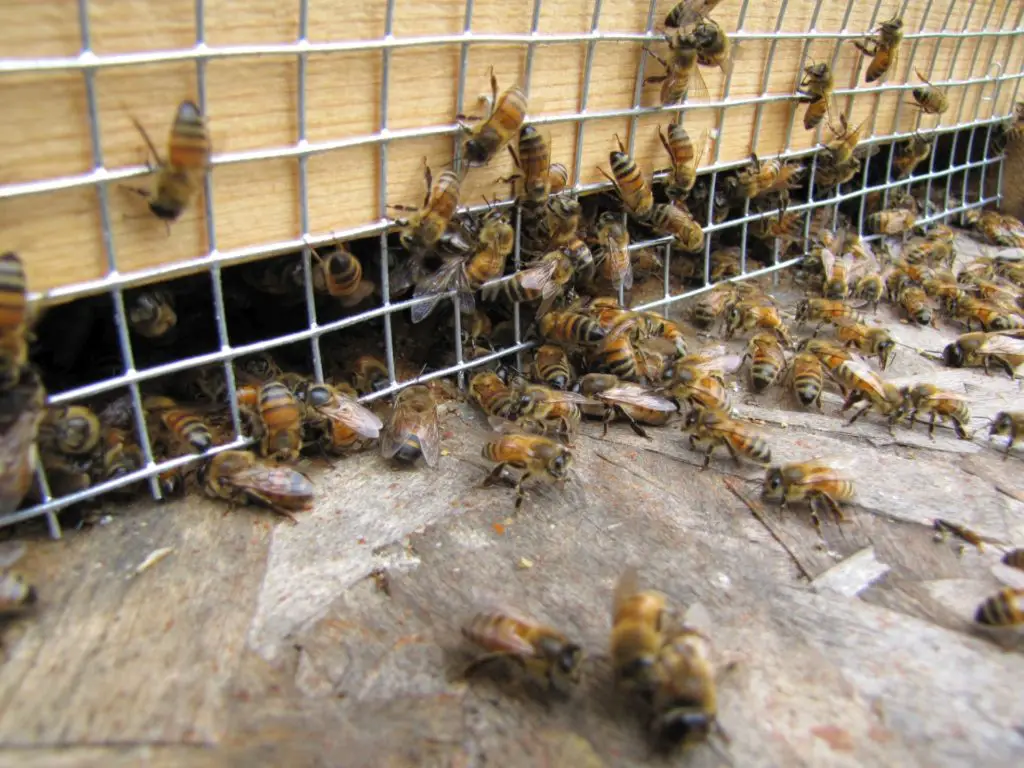Affiliate Disclaimer - As an Amazon Associate I earn from qualifying purchases.
It supports the website. So, Thank you
Can You Put A Beehive In The Woods? Yes, you can put a beehive in the woods, but it is not recommended unless you first consider the needs of the bees, their safety and their ability to access flowers and food.
Although it’s possible to put beehives in the woods, there are some things you need to consider. One of the main things you need to think about is how close the hive is to resources. For example, you’ll want to make sure that there are plenty of flowering plants nearby for the bees to forage on and a clean supply of fresh water.
In this blog post, we’ll explore some of the pros and cons of putting a beehive in the woods, and we’ll also provide some tips for making it work successfully. So if you’re interested in giving this a try, keep reading!
Table of Contents
What Essentials Do Bees Need?
They need food to eat, water to drink, and a place to live that is safe and secure.
In terms of food, they need nectar and pollen from flowering plants.
Bees must collect pollen, nectar, water, and honey in order to reproduce successfully.
Nectar
Nectar is a liquid solution of sugar and water. Nectar is a bee’s carbohydrate. Bees convert sugar into energy so nectar is crucial for jobs such as flying, ventilating the hive, and building honeycomb. Honey bees also turn nectar into honey, which becomes a store of food for the hive during the winter months.
Pollen
Bees need pollen to produce honey and make other products such as beeswax. Pollen is the main source of protein for the bees and also provides fats, minerals and vitamins. It is vital for brood production and the development of young bees.
Not all pollen is made of the same nutritional value and the amounts of essential proteins that are present will vary between plants. The levels present differ from plant to plant as well.
In terms of diet, bees are not that different from us, they need variety and the more floral sources they can get convenient access to the better. This is why combating the effects of things like climate change, pesticide use and intensive agriculture on biodiversity is essential.
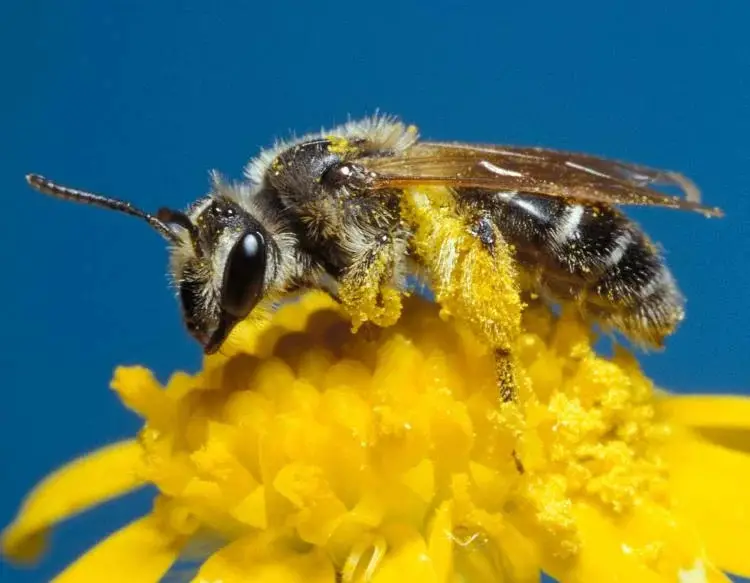
Available Water Source
Like all animals, bees need a constant source of clean water to drink to survive. In the summer months, bees can become dehydrated easily and this can quickly cause death unless they are able to drink water regularly. Water is also the main constituent of honey and as such, this is essential for honey production.
Bees need water to stay cool, by regulating their body temperatures and also it helps them to digest food.
The closer the water is to the hive, the better as this means that they will not have to travel far to drink.
Ideally, place a water source with gentle slopes or stones to land on within 50-100 feet of the hive.
Placement of the Beehives
Where and how you position your beehives is critical to the success of a colony of bees. The following aspects should be considered:
Shade or Sun or Both?
Bees need sunlight to warm up in the morning, so the hive needs to be in direct sunlight during the early hours of the day.
Bees need to be in a constant 33-degree Celsius temperature, so dappled sunlight is best.
Bees can thrive in different climates, but they prefer early morning sun, little to moderate midday shade, and afternoon sun.
However, during the summer months, it is advisable not to have hives in direct sunlight during the hottest parts of the day, as a hive can easily overheat and this can be detrimental to the survival of the bees.
No direct wind
Beehives should be placed in an area with a windbreak like a hedge, shed, fence, trees, bushes, or shrubbery so that they are not battered by high winds.
Position your hive so that it’s easily accessible come honey harvest time. You don’t want to be hauling hundreds of pounds of honey up a hill or down a fire escape on a hot August day.
Provide a windbreak at the rear of the hive. I’ve planted a few hemlocks behind my hives. Or you can erect a fence made from posts and burlap or even use bales of hay to block harsh winter winds that can stress the colony (assuming you live in a climate with icy-cold winters).
Good ventilation
Bees need good ventilation to regulate the temperature in the hive and also to help with the evaporation of excess moisture.
The ideal placement for a beehive is on a north-facing slope. This provides good ventilation and also protects the hive from the hot midday sun and harsh winter winds.
A south-facing slope should be avoided as this can make the hive too hot in the summer months.
Hives should not be placed in low-lying areas as they are prone to flooding.
Hives should not be placed near sources of pesticides, herbicides, or other chemicals that could be harmful to bees.
Space Between the Hives
Beehives need space to function properly.
Beehives should be placed close to one another, but not too close so that the bees cannot walk between them freely.
Place the Beehives at Perfect Height
Elevate beehives to keep ground moisture out – damp can be destructive and cause dangerous moulds to grow inside of the hive which could put the bees at risk.
Make the platform not too high so that you can still access all levels of the hive and extract the honey and care for your bees easily.
Ease of Access
Easy access to your hives is necessary for proper beekeeping.
You will need to work your hives more frequently during peak times of the year, and when you harvest your honey, you will be carrying extremely heavy boxes.
Think about Predators
Check with neighbors to make sure there are no predators in the area before setting up beehives, such as skunks, bears and hive beetles.
Bears can destroy a hive completely to gain access to the honey and bee larvae.
Skunks can be deterred by elevating hives off the ground to a height of at least 18-inches, but preferably 2-feet above ground level.
Electric fencing may be needed to secure the safety of hives in predator-infested areas.
A small fence around hives when keeping them on a property with livestock is also a good idea to prevent accidental damage.
Choose a hive stand with legs if you want to prevent ants from coming into your hive as they may overwhelm the bees and drive them out of the hive.
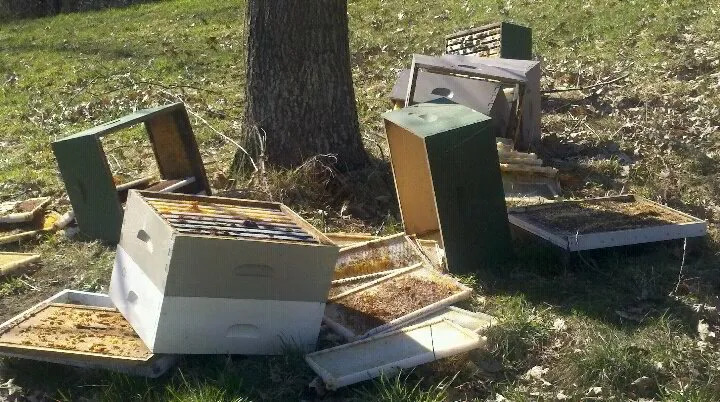
Honey bees prefer certain types of land
Beehives are usually placed in areas that have plenty of flowers and trees, so they can get the resources they need to produce honey.
The natural environment is very important for bees because they need flowers to feed on nectar, and trees for honeycomb. A forest can be a great place for bees as long as there are plenty of flowering plants and trees available to them.
Site selection for beehives
The ideal hive location has easy access (so you can tend to your hives), good drainage and without risk of flooding (so the bees don’t get wet), a nearby water source for the bees, dappled sunlight, and minimal wind.
Face your hive to the southeast. That way your bees get an early morning wake-up call and start foraging early.
Locate the hive on firm, dry land to prevent it from sinking into the quagmire.
Mulch around the hive to prevent grass and weeds from blocking its entrances.
It’s important to periodically rake away new growth so that the ground isn’t covered in weeds which can hamper the entrance to the hive and restrict the bee’s access.
If you want to keep bees in the wild, the ideal location is at a woodland’s edge.
This location would be easy for beekeepers to access for inspections and receive ample sunlight.
Importance of Good Beehive Location
Good hive location is important for the health and productivity of honey bees.
If resources are not available in the local area, then a colony will send out scouts in search of better resources.
If the scouts find a location with better resources, the colony may abandon their hive for greener pastures.
A good apiary location should be safe and meet the needs of the colony.
The closer the food resources are to the hive, the more productive your colony can be.
Good hives should be located in areas with plenty of flowers and other pollinators.
The closer the food resources are to the hive, the less you will have to worry about providing them.
Beehives should be placed in areas that will provide protection from unpredictable weather conditions and pests.

Tips for Choosing Your Best Beehive Placement
- Check Local Beekeeping Regulations to ensure that beekeeping is allowed on the land that you have in mind
- Consider the Safety Issues for Keeping Bees
- Easy Access to Manage Your Beehives
- Protected from Predators
- Choose Hive Locations Safe from Theft
- Avoid low-lying Damp Areas for Beehives
- Raise Hives Up Off the Ground
- Position Hives Facing East if Possible
- Hives Should be Protected from High Winds
- Ensure plenty of access to direct sunlight
- Be sure there is water nearby
Conclusion
Now that you know a little more about the pros and cons of putting beehives in the woods, you can make a more informed decision about whether or not this is the right option for you. There are many factors to consider, but if you take the time to do your research, you should be able to find a location that meets all of your needs.

